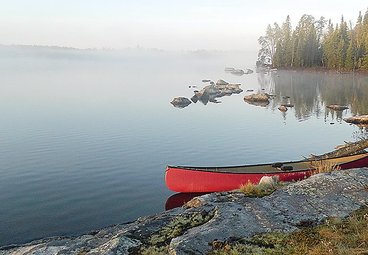
How a citizen-led group hopes to keep invasive species out of the Boundary Waters
For the past year, a network of public and private organizations in northern Minnesota has been meeting with the hopes of developing a management plan that would keep aquatic invasive species from infesting lakes that feed the renowned Boundary Waters Canoe Area Wilderness (BWCA).
Led by Minnesota Lakes & Rivers Advocates, the “working group” began meeting not long after the discovery of zebra mussel larvae in Lake of the Woods, the popular border lake west of the Boundary Waters. The Ely Area AIS Task Force and the U.S. Forest Service are among the organizations that have participated in the discussions.
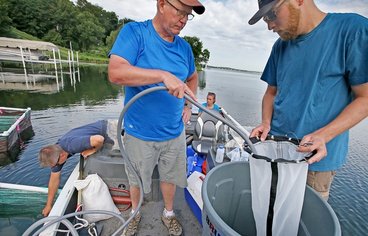
Research using copper in Lake Minnetonka to eradicate zebra mussels shows promise
Invasive zebra mussels have been found in scores of lakes in Minnesota. Researchers applied a copper solution to one bay in Lake Minnetonka.
Research on the use of a copper-based pesticide to fight zebra mussels in Lake Minnetonka continued to show the treatment's effectiveness in the study's second year, University of Minnesota researchers have reported.
The copper solution, first applied in July 2019, dramatically decreased the population of zebra mussels — especially on veligers, their larval form — while leaving native fish mostly unharmed, said Angelique Dahlberg, a Ph.D. student and researcher at the U's Minnesota Aquatic Invasive Species Research Center. Dahlberg spoke Tuesday at the Upper Midwest Invasive Species Conference.
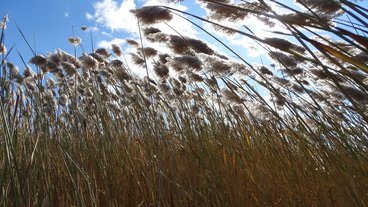
Success stories exist in the fight against invasive species
Zebra mussels, Eurasian milfoil and other aquatic invasive species are so prevalent and damaging in Minnesota that a whole industry has sprung up around fighting them.
There's a whole research center at the University of Minnesota. Private industries help locate them and treat or remove them. Boat inspectors stand guard at entry points to vulnerable lakes. Billboards remind boaters to "Stop Aquatic Hitchhikers!"
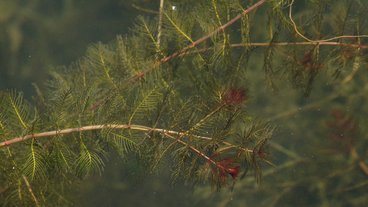
Do invasives harm lake property values? Study takes a look.
Those who own lake property may sometimes wonder if an infestation of aquatic invasive species harms their property values.
Researchers at the Minnesota Aquatic Invasive Species Research Center wonder also, and are examining hundreds of thousands of property transactions in Minnesota to determine the answer.
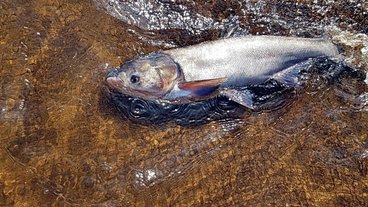
Jumping carp hate outboard motors
Invasive “jumping carp,” also known as bighead carp or Asian carp, are moving up the Mississippi River into Minnesota, with 50 of them caught at one time by a commercial fisherman this spring.
But researchers have discovered something that deters them: noise, researcher Nick Phelps said during this season’s fourth and final Water Talk hosted by the Legacy of the Lakes Museum in Alexandria.
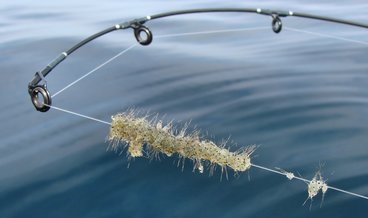
Blame us, not ducks, for spreading spiny water fleas
Val Brady and Donn Branstrator, University of Minnesota Duluth scientists, were at a boat landing on Island Lake north of Duluth when one of Brady’s neighbors happened to show up to go fishing.
The conversation moved to what the scientists were doing that day, research on how invasive spiny water fleas can accumulate on anglers’ fishing gear, when the neighbor weighed in with his opinion.
Why bother, he said, everyone knows spiny water fleas are spread by ducks.
Uffda.
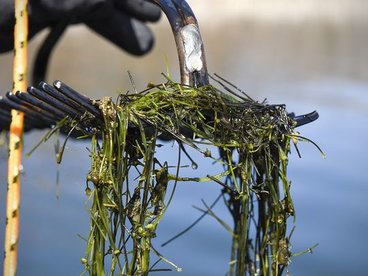
Starry Trek event set to help search for starry stonewort
BEMIDJI -- The community is invited to join the upcoming Starry Trek event hosted by Beltrami County Environmental Services AIS Program. The event will be held from 8 a.m. to 1 p.m. on Saturday, Aug. 15, starting at 2400 Middle School Ave. NW.
Starry Trek is a statewide event focused on searching for one of Minnesota's newest aquatic invasive species, starry stonewort, an algae that was first found in Minnesota at Lake Koronis in 2015. The Minnesota Aquatic Invasive Species Research Center has been working to find research-based solutions to limit the spread of aquatic invasive species.
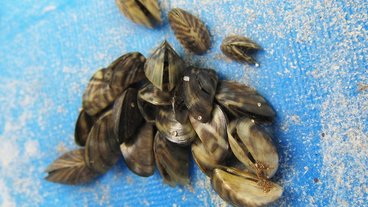
Zebra mussels confirmed in Long Lake
The Minnesota Department of Natural Resources (DNR) has confirmed reports of zebra mussels in Long Lake, near Park Rapids in Hubbard County, according to a July 23 news release.
A trained invasive species detector found a single zebra mussel on a plant rake when conducting routine sampling on Long Lake.
A subsequent dive search revealed two adult zebra mussels near the south public access and fishing pier on Long Lake. A DNR invasive species specialist said the specimens were breeding adults that were likely in the lake prior to this year.
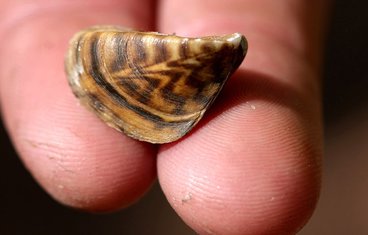
Zebra mussel fears mellow for some as prevention efforts slow spread
PELICAN LAKE, Minn. — When zebra mussels showed up in Pelican Lake in Otter Tail County, Minn., about a decade ago, their arrival sparked alarm.
The invasive species, which at its largest grows to about the size of a sunflower seed shell, has a sharp-edged shell that attaches to hard surfaces, both natural and man-made, like boat lifts and dock stands.
When the aquatic invader reached Pelican Lake, stories soon spread about children suffering cuts on their bare feet and, because the mussels are extremely good at filtering algae from the water, anglers were concerned about the impacts on the lake's food chain.
Ten years on, Pelican Lake still has zebra mussels, but the intensity of concern has moderated, according to Emily Meyers, whose family has operated Fair Hills Resort on Pelican Lake since 1926.
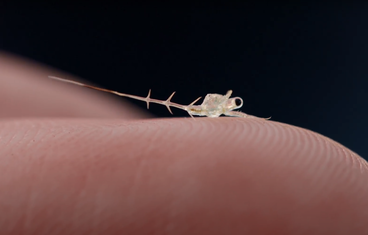
Lakehead researcher studies invasive species in Quetico
THUNDER BAY — A Lakehead University researcher hopes to learn more about the spiny waterflea's potential impact on the health of the walleye population in the lakes of Quetico Provincial Park.
It's a key part of the work that Michael Rennie, an associate professor in biology, will conduct over the next three years with the help of a $75,000 grant from the Quetico Foundation.
The project will probe how the spiny waterflea and climate change are affecting the early growth rates and mercury loads of fish.
